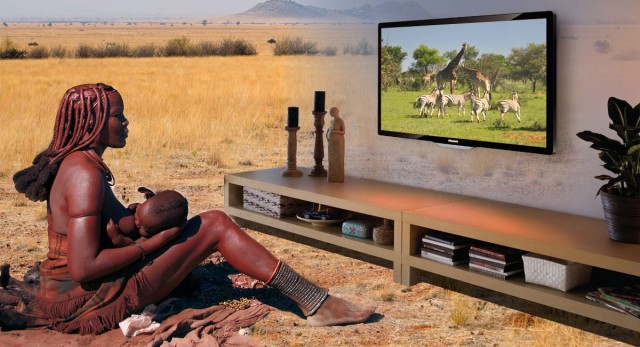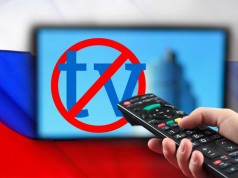The key trends, genre variety and TV market growth barriers of the African countries are featured by Dmitry Kozlov, sales and procurement manager of MK Media Group, responsible for Africa, Central Asia, Australia and Oceania.
MAIN TRENDS OF TV-INDUSTRY IN AFRICAN COUNTRIES
Africa is a huge continent, bringing together over 50 countries, which are extremely heterogeneous in their development and with population speaking a dozen official languages. There are a lot of differences between countries, and the gap in economic performance is the most evident one. Therefore, talking about the African TV market as a homogeneous and uniform one turns to be impossible; and it is quite complicated to mark some general trends for the entire continent.
However, there are several common features, indicative for the TV industry across the continent.
The first one is a widespread analog TV shutoff and the transition to digital broadcasting to be completed this June. Some countries transferred to the digital long ago, but the deadline for all of them was 2015. However, once again the continent faces its heterogeneity: The International Telecommunication Union (ITU) allowed 30 African countries to cross the previously scheduled deadline. So, Algeria, Kenya, Morocco, Ethiopia, Sudan and other countries are committed to complete the transition by the end of this year.
The second one is the desire to develop own production against the general growth trend for the continent’s media industry. The emphasis is placed on broadcasts providing cultural, educational and social benefits and represented in format of actual reality- and talk shows. But in practice, despite numerous discussions on the need and desire to broadcast local content, the viewing grid of most African TV channels mainly contain programs of foreign (Chinese, Mexican, Indian, Filipino), or the South African production.
SPECIFIC FEATURES OF AFRICAN TV MARKET
Perhaps the main general feature of the market is the monopoly of Multichoice, a media company that operates in the field of digital satellite Pay-TV. Its advantage is an exclusive content: online sports broadcasts and first-run movies, and these are that allow it to hold the palm in the market among TV channels oriented to the English-speaking viewers. The rest of the players, including StarTimes, TopTv and Canal + Overseas have to be satisfied with inferior audience coverage, as Multichoice provides the most demanded and, therefore, rated TV broadcasts and buys out the rights to the first show of top-rated movies and other content.
But the prospects for changing the established situation have recently loomed. The market intensified, and partially due to the fact that the large media groups such as Canal Plus and Lagardere started actively investing in creating African channels and content. The first step forward can be recognized the launch of A + Channel in October 2014.
GENRE VARIETY AND THE MOST DEMANDED TOPICS
The most popular genres, speaking about imported programs, are represented by sports shows, actions, soap operas of Spanish, Chinese, Filipino origin and various religious broadcasts of hundreds of religious channels. Also high ratings belong to educational programs and documentaries. It is easy to explain by the fact that the older generation tends to acquaint children with viewing such broadcasts. According to the polls, the National Geographic is an excellent model of the channel, which provides children with relevant educational content, being worth to follow by local production studios.
It is worth paying a special attention to such a phenomenon as Nollywood. These are movies of Nigerian film industry, which is rightfully considered the most successful African film industry in terms of revenue and number of movies produced annually, and it is probably left behind just only by Hollywood and Bollywood.
TV INDUSTRY DEVELOPMENT BARRIERS
Despite a very significant progress in the African media market growth, it is actually impossible to talk about the level comparable to the European or American one, for example. There are many problems faced both by producers of programs, buying agents and programming directors of channels.
First of all, it is poor infrastructure. The access to the analog, digital or satellite TV is slightly less than 30% of the population. There is a real growth trend, but almost half the African population would be able to watch TV at home even by 2020.
The second problem is, as I would outline, the government influence on television. Currently, most TV channels are private, but this fact does not impede public authorities of African countries to control the media space.
Lack of funding and legislative regulation, for sure, also slows down the process. It is difficult to enter the market for local companies, and it results in paradox, i.e. there exists a demand for own content, but nobody is ready to pay for it. After all, there are monopolies, which cause almost lack of healthy competition, and therefore the industry’s self-regulation.

















